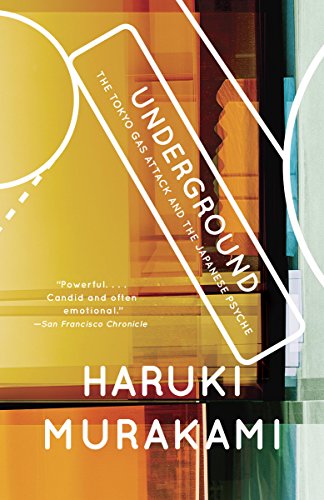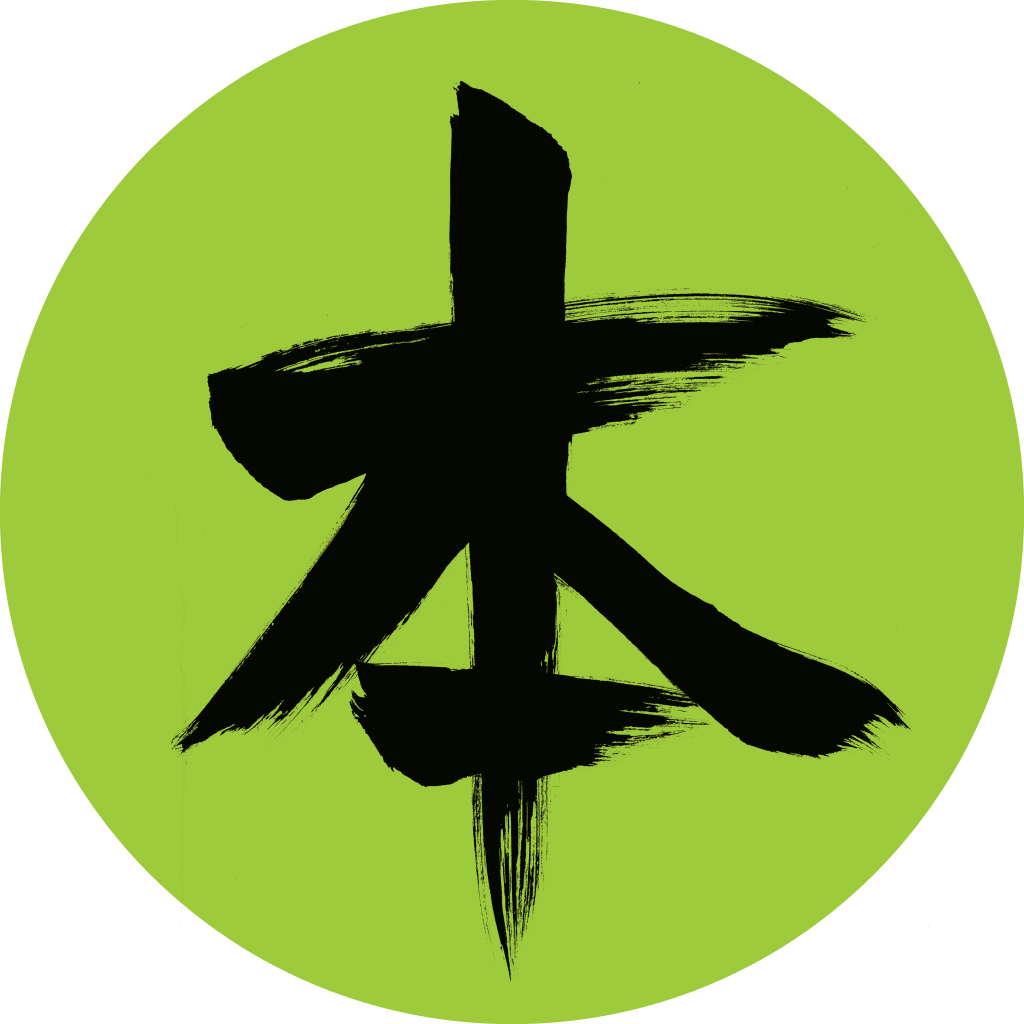

Support BOA by ordering Underground through these links:
Amazon U.S.
Barnes & Noble U.S.
Apple Books U.S.
Amazon Japan
Thanks for helping support Books on Asia!

Note from the BOA Editor: I’ll never forget the morning of March 21, 1995 when I was on my way to teach at university in Okayama, Japan. On every street corner in the city was a policeman standing erect, silent, observing. I didn’t have a TV in my apartment and I lived alone. I certainly didn’t have internet in my abode in 1995. It wasn’t until I reached the university that I learned of the sarin gas attack in Tokyo, over 650 kilometers away, the previous day. At around 5 p.m., high commute time on the subways, the religious cult Aum Shinrikyo, led by Shōko Asahara (sentenced to death, and executed in 2018), poisoned subway passengers by releasing liquid sarin gas in the subway trains. Naturally, this terrorist attack on their own soil was a shock to the Japanese. The assault killed 13 people and injured thousands. For the next week or so, the rest of Japan was on red-alert for any further suspicious activity; even the police in Okayama were omnipresent.
Just like most people who were alive at the time know where they were when they heard Princess Diana was killed, John Lennon was shot, or about the terrorist attacks of 9-11, most Japanese people know where they were when the Sarin Gas Incident happened in Tokyo’s subway. In his book “Underground” Haruki Murakami interviews some of the survivors of an attack that left an indelible mark on the psyche of the Japanese. This is one of Murakami’s few non-fiction books.
Book Description:
On a clear spring day in 1995, five members of a religious cult unleashed poison gas on the Tokyo subway system. In attempt to discover why, Haruki Murakmi talks to the people who lived through the catastrophe, and in so doing lays bare the Japanese psyche. As he discerns the fundamental issues that led to the attack, Murakami paints a clear vision of an event that could occur anytime, anywhere. Translated by Alfred Binbaum and Philip Gabriel.
About the Author: Haruki Murakami is Japan’s best-known contemporary Japanese author.
